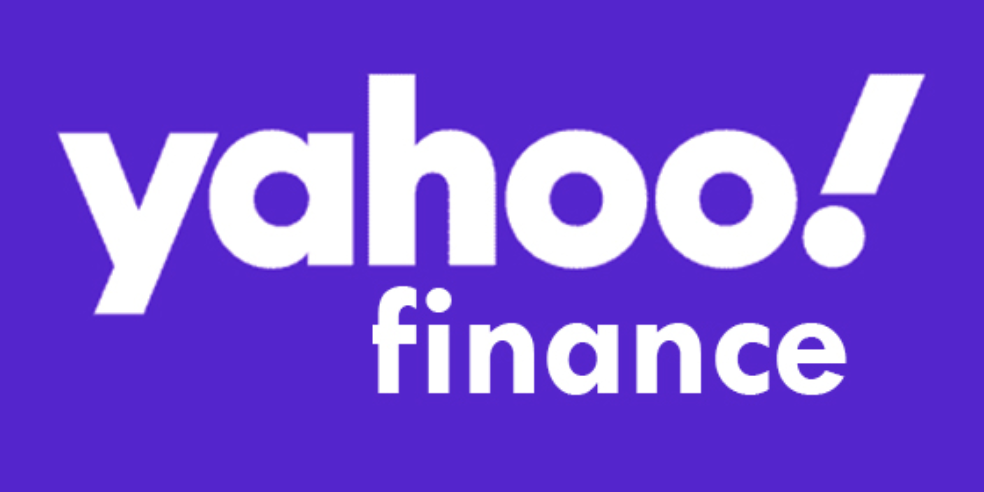The Schwab U.S. Dividend Equity ETF (SCHD) is one of the most popular dividend ETFs in the market today with a massive $63.7 billion in assets under management (AUM).
The fund recently made some waves by executing a 3-for-1 split which went into effect on October 10th. We’ll discuss the rationale and details regarding the share split in this article. But more importantly, we’ll evaluate the merits of holding SCHD in an investment portfolio.
I’m bullish on this well-known dividend ETF based on the strength of its attractive yield, its diversified portfolio of highly-rated dividend stocks, and an ultra-low expense ratio.
According to fund sponsor Charles Schwab, SCHD’s strategy is simply to invest in an index called the Dow Jones U.S. Dividend 100 Index. The index is “focused on the quality and sustainability of dividends.” The fund also “invests in stocks selected for fundamental strength relative to their peers, based on financial ratios.”
As one of the most popular dividend ETFs in the market, SCHD recently made some waves when it conducted a 3-for-1 stock split that went effective on October 10, 2024. It’s much more common for company stocks to split than ETFs, and here is a rare case where an exchange-traded fund has split. The split doesn’t have any fundamental impact on SCHD’s investment prospects. What’s occurred is that investors now own three shares of SCHD for every one share previously held, while the market price of the ETF is 1/3 the value it would be without the split.
A share split has some minor benefits, such as the lower price per share making it easier for smaller investors to establish an investment. A stock split can also enhance liquidity. It may also trigger increased options activity on the ticker (an options contract consists of 100 shares). But with all that said, the outlook for SCHD stock should be no different now than if no split had taken place.
Many popular stocks that have engaged in stock splits over the past year, like Nvidia (NVDA) and Broadcom (AVGO), had share prices of well over $1,000 a share, making a split more meaningful. Those splits made it significantly more affordable for investors to buy a share, or one lot (100) of shares. SCHD, on the other hand, was trading at just under $85 per share before the split, so the need for a split seemed less apparent here. The ability to buy fractional shares on brokerages like Robinhood (HOOD) and others also mitigates the need for stock splits to some degree.
Regardless, at the end of the day, this is the same solid dividend ETF with the same holdings it had prior to the share split.

 9 months ago
9 months ago
 (200 x 200 px).png)





 English (US) ·
English (US) ·